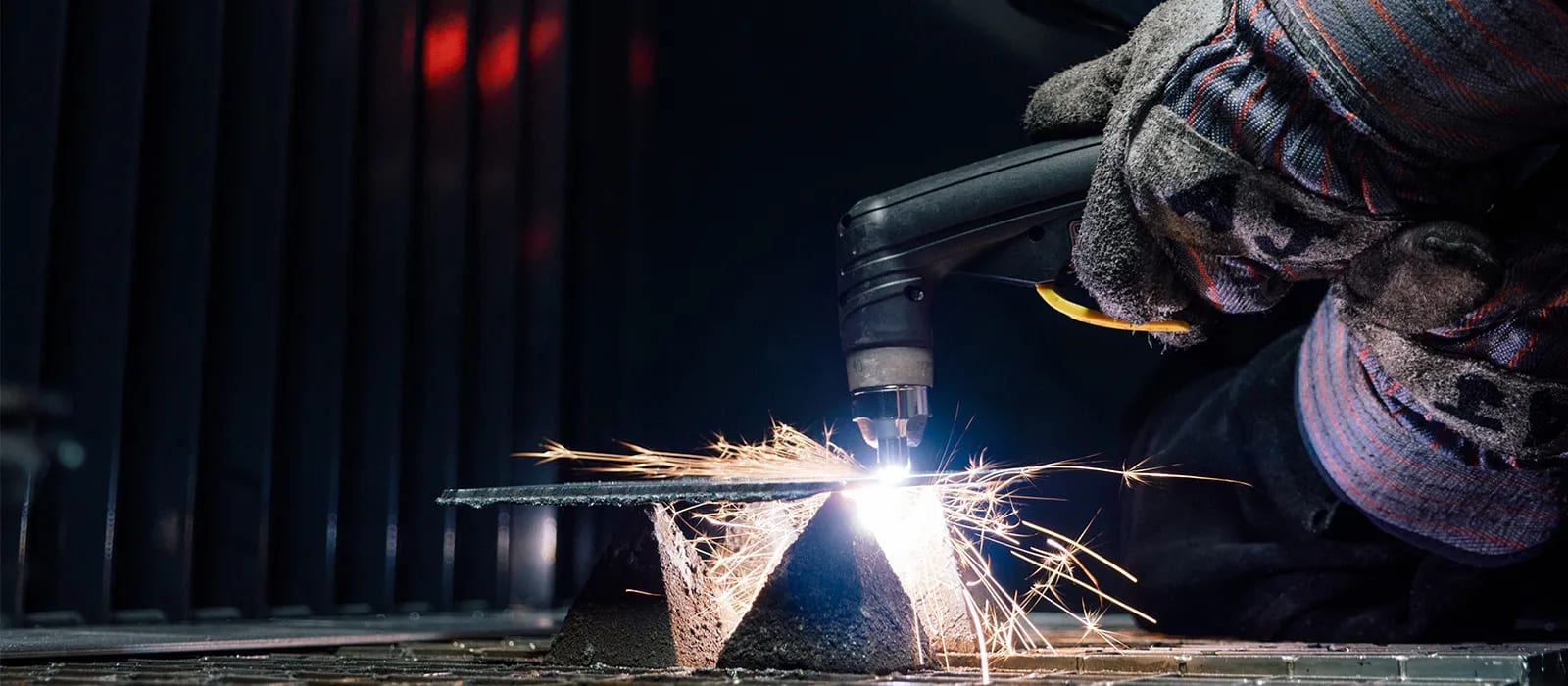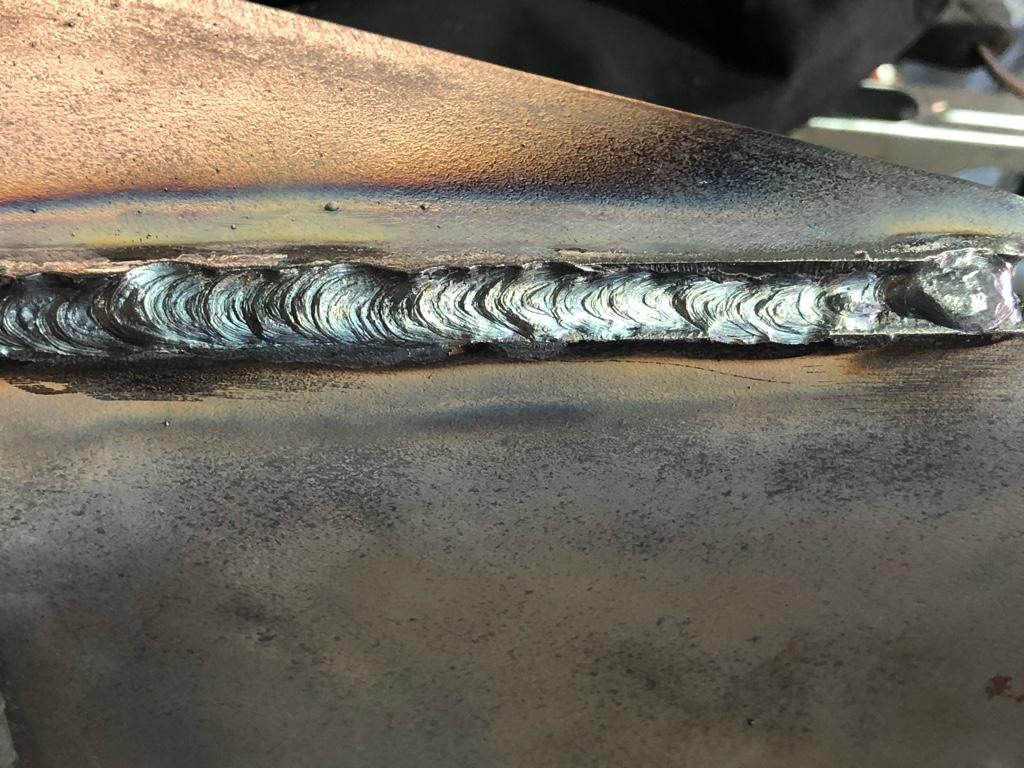Just How to Avoid Weld Undercut: Essential Tips for Welders
Just How to Avoid Weld Undercut: Essential Tips for Welders
Blog Article
A Comprehensive Overview to Identifying, Preventing, and Fixing Undercut Welding Troubles in Your Welding Projects
In the world of welding, encountering undercut concerns is a typical obstacle that can jeopardize the structural honesty and total top quality of your welding jobs. Comprehending the root causes behind undercut welding, having the ability to precisely find it in your welds, and carrying out effective preventative measures are crucial abilities for any type of welder. In addition, having the expertise and methods to rectify undercut issues when they do take place can make a significant distinction in the final end result of your welding undertakings. Keep tuned as we explore the essential parts of identifying, protecting against, and taking care of undercut welding troubles, giving you with valuable insights and strategies to elevate your welding skills to the next degree.
Usual Causes of Undercut Welding
Undercut welding, an usual issue in welding processes, can be triggered by various elements that require to be meticulously identified and dealt with to make certain the integrity of the weld joint. One of the primary reasons of undercut welding is extreme heat input. When the welding criteria, such as voltage, existing, or take a trip rate, are not correctly established, a too much quantity of warmth can be created. This excess heat results in the melting and subsequent removal of the base material along the edges of the weld joint, creating a groove referred to as undercut.
Another usual root cause of undercut welding is incorrect welding method. Insufficient control of the soldering iron or weapon, inaccurate angle or range in between the workpiece and the lantern, or irregular travel speed can all add to the development of undercut. Furthermore, utilizing the incorrect welding consumables or electrode size for a particular joint arrangement can lead to undercut issues. Identifying these source and carrying out restorative actions is necessary in stopping and remedying undercut welding troubles in welding tasks.
Identifying Undercut in Welds

To recognize undercut precisely, correct lighting and magnifying devices are important to evaluate the weld joint extensively. Utilizing tools such as a welding scale or a magnifying glass can aid in identifying also the tiniest undercut flaws. In addition, running a finger or a finger nail along the weld joint can occasionally disclose undercut, as the surface area may feel irregular or have a dip where the undercut exists.
Safety Nets for Undercut
Having a deep understanding of the sources of undercut in welds enables for the implementation of effective preventive measures to maintain weld top quality and honesty. One critical preventative measure is correct weld joint prep work. Making sure that the edges are clean, without contaminants, and effectively beveled can substantially decrease the possibility of undercut (Preventing weld undercut). Additionally, picking the proper welding parameters, such as voltage, existing, and take a trip speed, is essential. These setups should be optimized to protect against extreme heat input, which can cause undercut formation.

Strategies for Taking Care Of Undercut

To attend to undercut issues effectively, welders can use certain explanation strategies intended at correcting the defect and bring back the integrity of the weld joint. One method is to adjust the welding criteria, such as the voltage, present, and take a trip speed, to make certain appropriate heat input and combination. Enhancing the welding current or decreasing the traveling speed can aid fill in the undercut. Furthermore, altering the welding strategy from a push to a drag or the other way around can also aid lessen undercut.
Another method is to utilize a weaving motion while welding to guarantee correct sidewall blend and fill in the undercut. By oscillating the welding arc my link from side to side within the weld joint, the welder can transfer more filler material into the undercut locations, successfully eliminating the flaw.
Moreover, grinding out the undercut and rewelding the joint can be a feasible remedy for more serious undercut concerns - Preventing weld undercut. This procedure includes getting rid of the undercut section, preparing the base metal, and then rewelding the joint with correct welding criteria and methods to avoid undercut from persisting

Professional Tips for Avoiding Undercut
Using correct welding strategies and keeping control over essential welding parameters are crucial strategies for welders aiming to prevent undercut in their weld joints. Additionally, selecting the suitable welding process and filler metal for the particular application can assist stop undercut. Keeping a regular traveling speed during the welding process is another vital pointer to prevent undercut.
Conclusion
To conclude, identifying, avoiding, and repairing undercut welding troubles in your welding tasks is critical for guaranteeing solid and resilient welds. Preventing weld undercut. By understanding the typical reasons for undercut, being able to identify it in welds, carrying out safety nets, and using correct methods for directory dealing with undercut, you can stay clear of potential problems and create top notch welds. Adhering to expert ideas for preventing undercut can help you enhance your welding skills and generate much better cause your tasks
Undercut welding, an usual issue in welding procedures, can be caused by various elements that require to be carefully determined and dealt with to guarantee the stability of the weld joint. Furthermore, running a finger or a fingernail along the weld joint can in some cases reveal undercut, as the surface area might really feel irregular or have a dip where the undercut exists.
Utilizing proper welding techniques and keeping control over crucial welding criteria are vital approaches for welders aiming to avoid undercut in their weld joints.In conclusion, recognizing, avoiding, and repairing undercut welding issues in your welding jobs is vital for making certain durable and solid welds. By recognizing the common causes of undercut, being able to recognize it in welds, applying precautionary procedures, and using appropriate methods for taking care of undercut, you can prevent potential issues and develop top notch welds.
Report this page